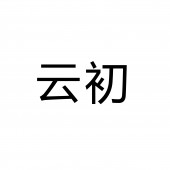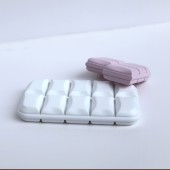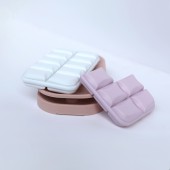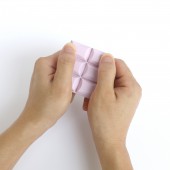DESIGN NAME:
Quantitative Soap
PRIMARY FUNCTION:
Soap
INSPIRATION:
Soap is used by people on daily basis, however due to the regular size of a soap which is normally large volume, the usage is repetitive and uncontrollable which can be unhygienic. The Chocolate bar shaped soap can led people open it subconsciously and use it in parts because it blocky texture .
UNIQUE PROPERTIES / PROJECT DESCRIPTION:
The Soap been designed into breakable block shape, when people use it, they will treat it like chocolate bar and break it into small parts, therefore, quantity of soap usage can be measured and hygienic, people can enjoy the Soap like a piece of chocolate bar.
OPERATION / FLOW / INTERACTION:
When people use soap, if they treat it like a piece of chocolate, they will enjoy the shower piece by piece each time, and from this moment on, Soap will be measured and no need repetitively use the same big soap again, which will bring the shower more healthier experiences.
PROJECT DURATION AND LOCATION:
The project began in Shunde in May 2019 and was completed in Shunde in August 2019.
|
PRODUCTION / REALIZATION TECHNOLOGY:
The fat and sodium hydroxide are co-cooked, hydrolyzed into higher fatty acid sodium and glycerin, poured into a mold with the shape of "chocolate";, and waiting to be formed.
SPECIFICATIONS / TECHNICAL PROPERTIES:
Its dimension is 100*60*25(mm).
TAGS:
quantitative,health,life,enjoy,i
nteraction
RESEARCH ABSTRACT:
General bathing utensils have hidden dangers to human safety and hygiene. After investigation and analysis of most people, they often cannot find out the problem. An improved design can solve their troubles. Using unconscious design makes people more understand Operational use.
CHALLENGE:
The rationality of the amount of soap, and how to better interpret the use of soap by design; control of the mold and the anti-slip of the soap; control of the size of the texture.
ADDED DATE:
2020-01-14 13:09:58
TEAM MEMBERS (3) :
“WeiCheng Deng", "HongJun Chen" and "KunYao Cen"
IMAGE CREDITS:
WeiCheng Deng and HongJun Chen, 2019.
|









